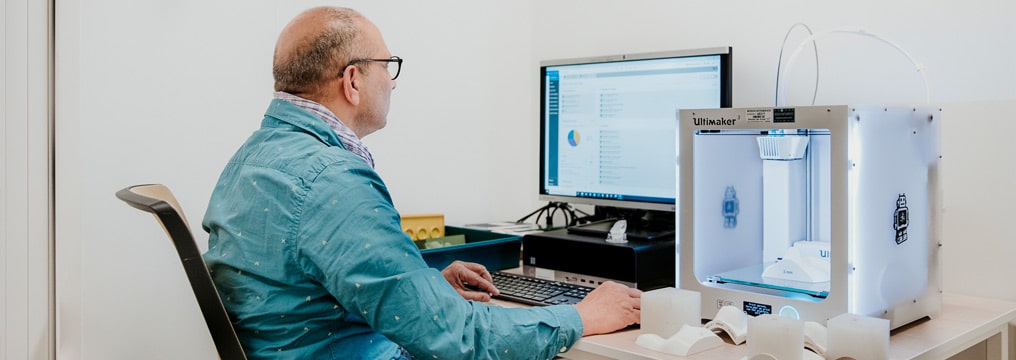Reinier de Graaf hospital
Thousands of medical instruments in optimal condition
A team of ten people purchase, maintain and repair nearly 11,000 medical instruments. That’s quite a task! How do they manage this at the Reinier de Graaf hospital while keeping the customers happy? Anna Arnout-Mank, Medical Instrumentation Team Leader, explains.

About Reinier de Graaf hospital
The Reinier de Graaf hospital has been providing care to residents of Delft and the surrounding area for no less than eight centuries. These days it’s a top clinical hospital that offers highly specialized and complex care, especially within the focus areas involving the elderly, oncology, and mother and child. The hospital employs 2,600 people, including more than 200 medical specialists and nearly 800 nurses.
See how TOPdesk works
During this personalized demo, we’ll show you how TOPdesk can work for your organization.
Request demoOur lead times for outages are shorter, and customer satisfaction is higher.
Anna Arnout-Mank
Anna’s team manages the most diverse set of instruments for diagnosis, treatment, monitoring and prevention. “A super-advanced surgical robot should continue to work well, but the same also applies to a simple set of scales. We manage about 200 different types of equipment, and each type requires its own maintenance,” says Anna. The Medical Instrumentation team’s work starts with the purchase of a device and continues through to the end of its life cycle. So it involves a lot of asset management. “Think of contract management, operational management and handling malfunctions. But we also make changes to instruments and keep certain parts in stock.”

Immediately clear what needs to be done
The entire management has been supported through TOPdesk for 1.5 years. A big change, which Anna is very happy with. She explains: “In our old system, the devices were the starting point. Now we work process-based. All instruments are divided into three main categories, with subcategories below. Each main category has its own treatment group within our team.” That provides an immediate overview. Anna: “Instead of a list of devices, you immediately get an overview of the tasks that are open per group on your start screen. So you know exactly what needs to be done and can easily take over each other’s work. It is no longer linked to individuals, as it used to be.” All relevant information per device is also accessible via asset maps. You can also pick up tasks from there.
Easily submit fault reports
As a team leader, Anna now has more insight into what’s happening. “At the end of the day, for example, I can see which service notifications we have handled and where we are in the red. As a result, we can pay close attention to the lead times, which are much better now.” A self-service portal also makes it easier for users of the equipment to log calls about malfunctions. Anna: “They are automatically notified of the progress and can also follow the process themselves. Unfortunately, due to the corona crisis, we haven’t yet investigated customer satisfaction. But have heard back from the organization that satisfaction has increased.”
The implementation of changes is now also more organized and faster. “The approval process of a change is now completely digital. If a change to an instrument is necessary, a department head no longer has to sign and scan paper documents.”

Let's get back to basics
When setting up the processes in TOPdesk, Anna went back to basics. “We have taken a very close look at our processes. What type of management does it concern? What must we adhere to according to the Medical Technology Covenant? And how do we want to work in the future? I would recommend this approach to other hospitals that want to make the switch. Another tip is to clean up your database. What data do you really need? That takes time, but in the end you get a better solution. The TOPdesk consultants have helped brilliantly with this.”
If you ask Anna, TOPdesk is highly recommended. “Especially if other departments also use it, such as our IT and HR departments. Everything is interconnected nowadays. And it’s nice for users to do different things through the same solution. The software also works very intuitively, I think. Of course, it takes a bit of getting used to, but that’s always the case with change!

